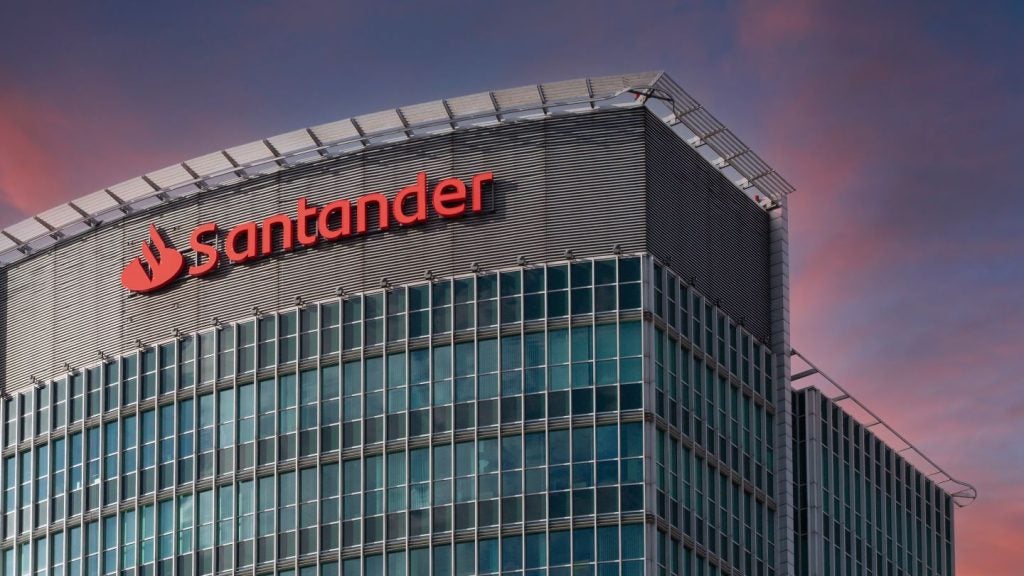Clydesdale & Yorkshire has been on an aggressive branch right-sizing drive for the past four years.
In September 2012, the CYBG network totaled 333 branches; today that number has fallen by a quarter to 248 (111 branded Clydesdale and 137 Yorkshire).
And that branch rationalisation drive shows no sign of letting up.
On 13 September, a CYBG investor presentation reset the bank’s targets.
CEO David Duffy said: “We will invest more than £350m ($455m) over the next two years to simplify our business, drive cost and capital efficiency, maintain our platform’s resilience and support the continued roll-out of our omni-channel model.”
New medium-term performance targets included:

US Tariffs are shifting - will you react or anticipate?
Don’t let policy changes catch you off guard. Stay proactive with real-time data and expert analysis.
By GlobalData- Mid-dingle digital annual loan growth;
- Cost-income ratio of 55%-58%, and
- £100m of sustainable cost reductions by FY2019
As part of the new round of savings, a further 50 branches will close with CYBG targeting a branch network across the two brands of less than 200.
And yet CYBG continues to be linked with a possible bid for just over 300 branches from Royal Bank of Scotland.
By all accounts, CYBG have engaged Morgan Stanley to examine the feasibility of bidding for the RBS business unit that was to form Williams & Glyn.
Until RBS threw in that particular towel and tried to sell the unit – again – to Santander – only for the Spanish lender to walk away from a deal.
To date, RBS has spent north of £1.3bn trying and failing to dispose of the W&G unit.
At one stage, RBS hoped to achieve a sale price of up to £1.9bn for W&G.
RBS is obliged by the European Commission to dispose of W&G as a result of its UK government £45bn bailout. The latest deadline – it has been extended twice already – was to agree a sale by the end of 2017.
An application for yet another extension looks increasingly likely.
The whole sorry saga has been a shambles and highly embarrassing; already there is news of senior W&G staffers abandoning ship and securing roles at rival banks.
The costs continue to rise for RBS until it can offload W&G. It is estimated that the unit is burning through £50m a month.
It will spend an estimated £200m just to can an IT system that it would have required had it pulled off an IPO.
But back at CYBG – even at a knockdown price, does it really want to rip-up its new business plan and add 300 branches?
Not to mention tapping its shareholders to fund the acquisition of W&G.
If Santander, with its steller track record for M&A acitivity, walks away from W&G, that might just persuade CYBG to think very carefully about the costs and challenges of integrating W&G.







